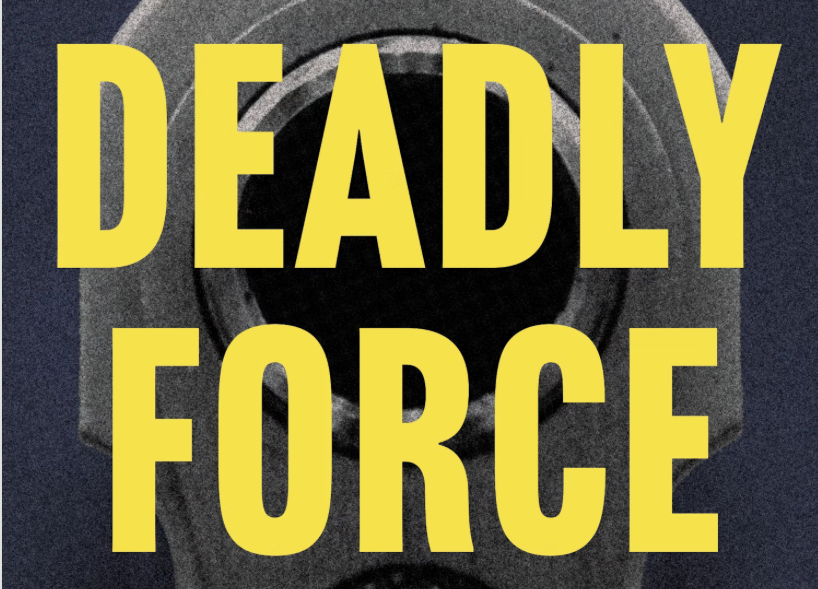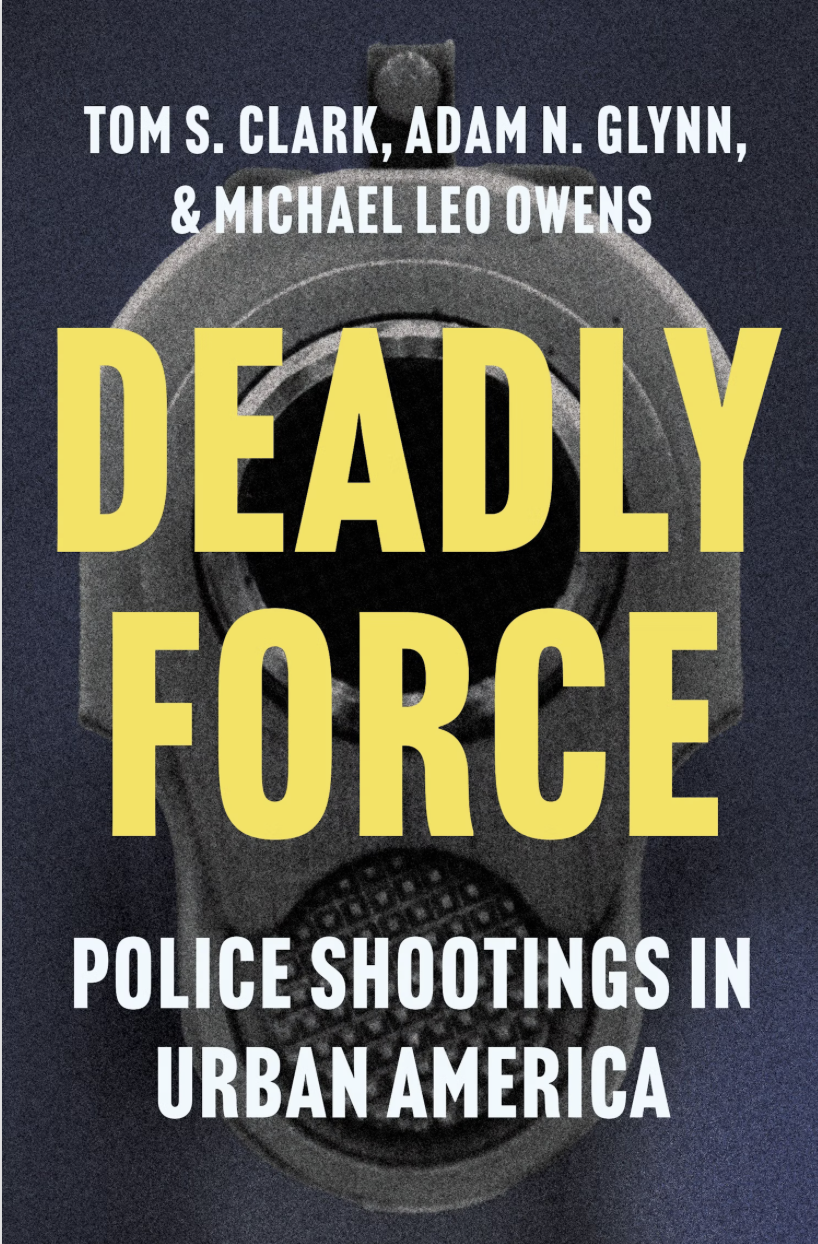author's pitch: why it’s time to read DEADLY FORCE
Deadly Force provides "reasonable, reliable, and replicable answers regarding how many people police shoot"

Today I’m pleased to open up a new area of the newsletter– where authors share their "pitch" for why their book is an urgent read for subscribers to Carceral History.
I am delighted that the first post for this series comes from a political scientist and my long-time mutual, Michael Leo Owens of Emory University. With Tom S. Clark and Adam N. Glynn, he’s one of the authors of Deadly Force: Police Shootings in Urban America, out now with Princeton University Press.
Here's his pitch for why it's time to read Deadly Force:
Police shoot people. But knowing exactly how often, when, where, and whom police shoot, and the police who do the shooting and the life or death outcomes of their shootings, in the USA is unreasonably hard. It’s true for cities, suburbs, and rural areas. It’s true even after the massive protests against police violence five years ago. Why? There's still no centralized public record-keeping of police shootings in the United States, even for its cities. With the recent publication of Deadly Force: Police Shootings in Urban America by Princeton University Press, however, we know much more about police shootings at one level of geography—mid-to-large cities (100,000 or more residents as of 2010).
My coauthors and I, assisted by a team of postdoctoral, doctoral, and undergraduate research assistants, supported by a grant from the National Science Foundation, gathered, cleaned, coded, analyzed, and shared data from open records requests we made of about 300 police departments in mid-to-large cities. Those requests resulted in us obtaining records about police shootings from 169 departments. The remaining departments? They outright refused our requests or the requests remain outstanding. We filled in missing data for about 40 more cities with records we obtained from the offices of state attorneys general and a couple of nonprofits (e.g., the Texas Justice Initiative), drawn from police department reports.
Our book, drawing on a decade or more of police shootings reported by police departments in 200 cities provides, arguably, with caveats (e.g., missing data for some cities and inconsistent data across cities), reasonable, reliable, and replicable answers regarding how many people police shoot, who they shoot, where they shoot them, and how many succumb to or survive police gunfire in America’s mid-to-large cities. Such cities, by the way, collectively contain approximately 97 million people. That's about 30% of the US population. Plus, cities of at least 100,000 people employ 50% of all local police officers in the US.
In writing the book we had four basic goals: (1) document police shootings in early 21st century urban American for a set of cities much larger than what scholars normally have used; (2) report patterns in where, when, whom police shoot in those cities; (3) quantitatively evaluate the nature and estimate the degree of bias that could be associated with inequities in police shootings; and (4) point more attention by scholars, the public, and policymakers to non-fatal police shootings., without minimizing the fatal shootings
We learned many things about police shootings in America's mid-to-large cities. Most findings fit expectations — academic and public — about when, where, and whom police shoot, regarding gender, race, age, arms, and locations. Some findings call some expectations into question, including the association between police budgets and police shootings and the ratio of fatal police shootings to nonfatal ones.
Ultimately, with the data we collected and shared publicly, along with replication materials for others to assess our findings, we seek to make less opaque one important type of police harm against people and improve our collective numeracy about the most violent moments of police “use of force” in public. In other words, we hope the book will assist civic efforts to increase public understanding about police shootings in the USA. To help it happen, we also collaborated with Sequential Potential Comics to produce a shareable “comic” that activists and communities can use to concisely explain why, if the police continue to exist, police shootings must be made more public through data and discussion.
Deadly Force: Police Shootings in Urban America
If you’re an author or publisher looking to have work featured on Carceral History, please email me at carceralhistory@gmail.com.
Carceral History is a free resource curated by a mid-career historian as a professional service. You will not see sponsored content or affiliate links around here. –Melanie Newport, publisher

